CRM or Customer Relationship Management. The basis of CRM is the customer who is central and good management of all your relationships. The definition of CRM in 1 word? Relationship management.
What Is The Primary Objective Of The CRM System?
Companies use CRM systems to improve their customer relationships and Customer Lifetime Value (CLV). As companies generate massive amounts of data every day, these systems have become indispensable.
A serious issue is how a powerful CRM boost sale in your business can? It is a challenge par excellence for which CRM systems offer a solution. Every time someone has a phone call with a customer visits a new prospect or follows up on a promising lead, new and potentially valuable data is added. All of this data store in analog or disconnected media, such as notebooks.
What Are the Benefits of CRM Software?
A good CRM system has several advantages. Below we give three examples:
A clear view of all your relationships.
Order in your relationships with files.
Insight into sales and forecasting.
Mapping your relationships well and is a very big advantage of a CRM system. By using CRM software, you put all your relationships at the center. Every department always has an overview of all information. So you never have to search for a business card that you have received from someone somewhere.
You have a clear picture of all your relationships because you build up files for customers and other relationships. All information is in those files. This concerns, for example, visits, correspondence, quotations, invoices . You can consult and supplement activities related to a relationship anytime and anywhere.
CRM provides insight into every process that has something to do with a certain relationship. So also in sales and forecasting. By recording information and expectations of potential customers, you can steer towards your targets. You also get a picture of things that are normally difficult to measure, such as possible future sales and marketing activities.
What is the primary objective of the CRM process?
Sales increase
Cost Reduction
Components of CRM
Customer Relationship Management system provides companies with the tools needed to track customer contact information, shipping, invoicing, and orders. A CRM is a program that runs on employees' computers.
A CRM combines information stored by each company department so that the company can serve customers more efficiently. Companies most often use the information between departments.
Customer Management
The main motivation behind a CRM framework is the capacity of the organization to deal with client data. A CRM incorporates a segment that permits representatives to make client records and alter contact data.
Organizations are also ready to set up charging and conveyance data, which contrasts with the individual contact information. On the off chance that a client calls or composes the organization, the worker needs to alter information in the CRM module. Contact us for the demo of our CMS Or ERP Software.
Monitoring clients permits the organization to deal with orders all the more effectively, and it can send direct mail advertisements and correspondence to clients for better deals potential.
Lead Generation
Sales leads are generated from mailings, emails, or website forms. Leads are potential customers, and CRM handles these leads for sales teams. Some companies use sales opportunities for telemarketing that cold call the customer after registration in a form.
Other companies use CRM leads to generate mailings and sales letters. CRM should be tailored to the needs of companies, so leads convert to customers through order systems. It should also keep notes, so salespeople earn commissions and credits to turn a lead into a customer.
Reporting
Reports create a visual graph or spreadsheet for analysis. The reports are also customized for the business, but regular reports keep track of sales, orders, salespeople productivity, and financial reports.
Workflow
For companies with a workflow such as a customer registration, ordering, delivery, and follow-up notification, CRM should support workflow without skipping any steps.
CRM provides the business with the ability to check customers' registrations, orders, and notes. Employees can check the status of each workflow step to support any customer service issues.
Offer Customer Portals
With online self-service portals, customers gain control over their data, have better access to product information, and track their account activity. Companies have become increasingly aware that it is not only the staff who benefit from an online portal.
Offering similar solutions to customers makes it easier to communicate with them. Here are three reasons why customer portals can be a good idea:
Customers can create and review inquiries - whether it's support or order information, you can create a customer portal so that your customers get answers to their questions quickly and easily.
Then they do not have to contact you as often when they troubleshoot problems.
Let customers take control of their data - give the customer responsibility for updating their information. Not only will the information be more accurate, but you will also relieve staff of this data management.
Automated contact - information from contact forms used to be sent to a database, and there waited to be retrieved by staff when they needed it. Now you can automate the contact forms for faster customer contact and start campaigns and workflows.

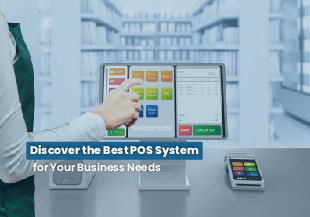
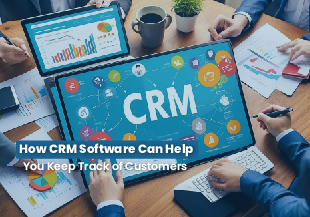
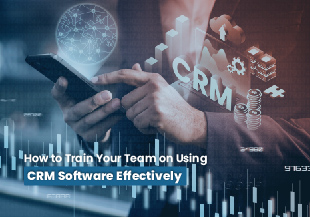
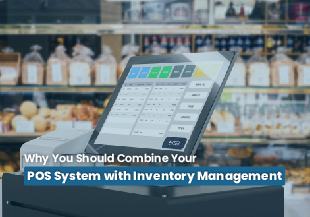
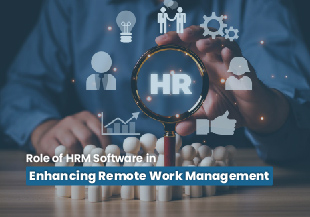
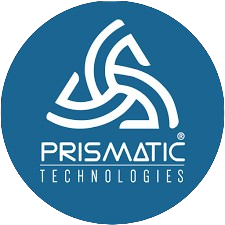 Chat with Prismatic Bot
Chat with Prismatic Bot